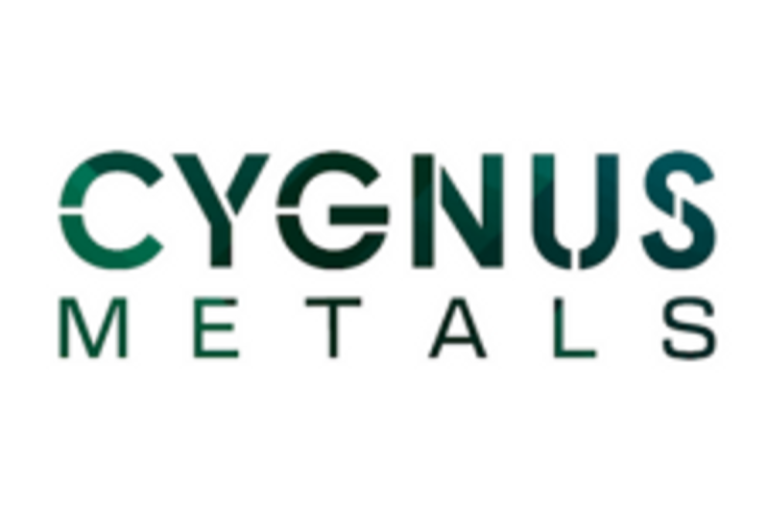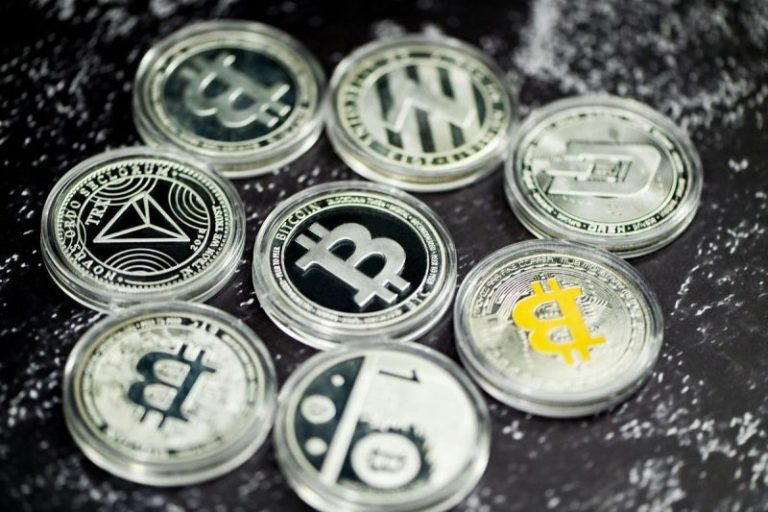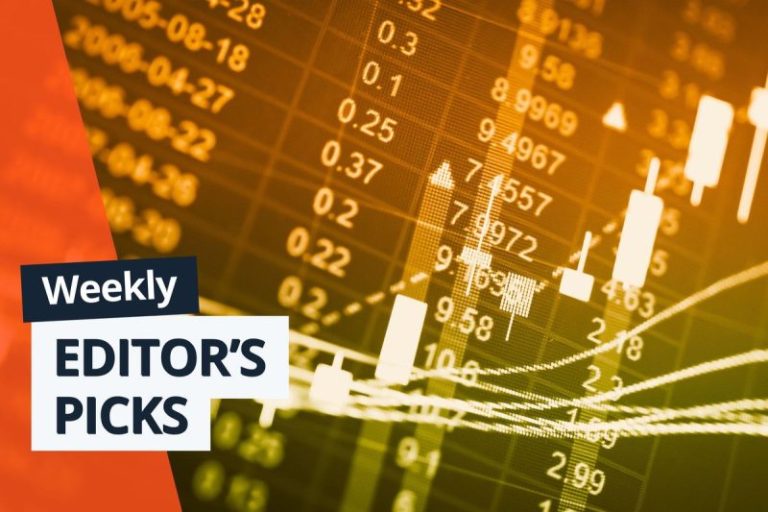This week, while everyone else is focused on NVIDIA Corp. (NVDA), we will focus our attention on stocks with earnings that may get overlooked.
We’re watching a different group of stocks heading into earnings: Okta, Inc. (OKTA), AutoZone, Inc. (AZO), and Salesforce.com, Inc. (CRM). OKTA and AZO are making new highs as they head into their earnings call, while CRM is struggling.
Let’s break down the best risk/reward set-ups as we kick off the week.
Okta, Inc. (OKTA): Volatility Now, Potential Later
Okta’s stock price broke out to new 52-week highs a week before it posts its quarterly numbers. The cybersecurity company has experienced extreme volatility after posting earnings. In the last three quarters, the stock saw some pretty big swings—up 24.3%, up 5.4%, and down 17.6%. Its average price change post-earnings is +/-10.2%.
Technically, I love this setup. Let’s look at a five-year daily chart.
Shares have broken out ahead of earnings and have a lot to reverse. If we see weakness after results, there are several support areas where we would want to enter the stock with favorable risk/reward. The first strong support area is between $115/$118, an old resistance level that the stock just eclipsed. Old resistance could act as new support and provide an opportunity.
Outside of recent weakness due to “Liberation Day,” OKTA’s stock price has outperformed its peers and held key moving averages. Use levels just below the 50-day moving average around $110 as a near-term stop if $115 doesn’t hold.
To the upside, there is much to reverse and targets of $150 to $160 are attainable. If you’re a longer-term investor, the downtrend is broken and the bulls are back in charge.
AutoZone, Inc. (AZO): Riding Steady
The retail leader in automotive replacement parts and accessories, AutoZone, Inc. (AZO), continues to rise, slowly and steadily, despite market volatility. The stock price is up 20% year-to-date, and we hope to add to those gains when they report on Tuesday morning.
One thing that has helped AZO’s continued growth is that the average car is roughly 12 years old. Consumers are investing more in maintenance and repairs instead of purchasing new vehicles. And with tariffs, buying a new car becomes more expensive, which benefits the car repair and maintenance business.
Let’s look at that long-term uptrend on a weekly chart going back five years.
The stock is a juggernaut. It has ridden the 50-week moving average consistently since Covid. It is in a beautiful uptrend and made new highs again just last week.
While the trend itself appears a tad extended above its averages, any trip back towards its recent uptrend line gives investors a strong entry point, with downside risk towards its 50-week moving average.
It’s also the best in class when compared to its top competitors, such as O’Reilly Automotive (ORLY) and Advanced Auto Parts (AAP). When looking at strong uptrends in a challenging environment, it’s best to find the best in class, and AZO continues to be just that. The trend continues to be the investor’s best friend.
Salesforce (CRM) Hits a Crossroads
A year ago, Salesforce (CRM) shocked investors with a revenue miss for the first time since 2006. This resulted in the stock price dropping 20% (red box in the chart below). It marked the stock’s low point, as it rallied as much as 74% over the next seven months. It now sits in the middle of a wide year-long range and is poised to move again.
Which way will it go? To examine that question, let’s look at the daily chart of CRM.
Technically, shares are at a crossroads. Shares dropped 37% from their December peak after forming a double top. It just broke its near-term downtrend from its post-Liberation Day lows, experiencing a 28% rally, but paused right at its 200-day moving average.
Momentum appears to be negative. The Moving Average Convergence/Divergence (MACD) has formed a bearish crossover, and shares failed to eclipse the 200-day. Shares are down -18% for 2025, underperforming the tech sector and the S&P 500. CRM sold off late Friday, hitting its 50-day moving average, on news that it’s in talks to acquire Informatica.
If you’re thinking of buying CRM, you may want to hold your horses. Watch the 50-day moving average around $270 to see if it can hold. On strength, look for confirmation and a close above the $295 level for an all clear that momentum has finally shifted in favor of the bulls.
Final Thoughts
OKTA, AZO, and CRM are thoughtful plays based on technical trends and real-world fundamentals. OKTA and AZO could have favorable risk/reward setups. As for CRM, add it to your ChartLists and monitor it regularly.










